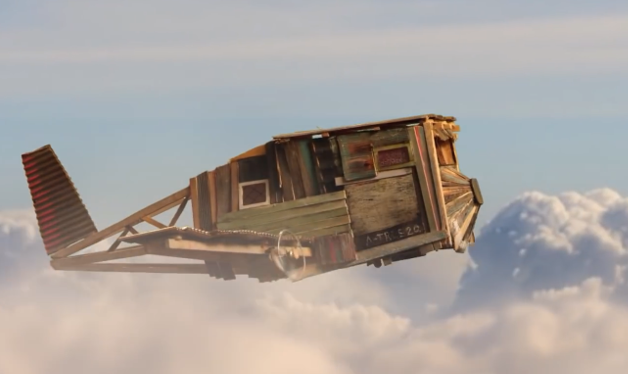A flying “A Tree 20” treehouse and an almost extinct flightless bird called a takahē are the stars of new Air New Zealand safety video highlighting biodiversity and conservation in the airline’s home market.
The airline’s latest offering builds on its eight-year partnership with New Zealand’s Department of Conservation that has seen more than 3200 threatened species to safe havens.
It recognizes that a big number of species are hurtling towards extinction and there has already been the loss of 50 species in New Zealand since the arrival of humans.
Watch the video here:
Up to 25 million native birds are killed annually by introduced predators and DOC threatened species ambassador Nicola Toki says it is a globally significant time when it comes to New Zealand’s biodiversity crisis.
The colorful and scenic video comes as Qantas this week released a new safety epic to mark its 100th anniversary.
Watch the epic new Qantas safety video recreate history
The computer-generated takahe, named Mr. T, doesn’t have the personality of AirNZ advertising ambassador Dave the Goose but rates significantly higher in the plumage department.
Rising star Lily Roebuck is supported in the role of Janey by Toki, DOC ranger Jerry Henry-Finch, Air New Zealand crew members Danielle Griffioen, Henry McIntyre, Shelly Pretorius and Jordan Young, children of Air New Zealand employees and Mr. T.
Unsurprisingly, New Zealand’s spectacular landscapes also play a major role in the video.
The Murchison Mountains in Fiordland, Tiritiri Matangi in the Hauraki Gulf and Sanctuary Mountain Maungatautari in Waikato all make an appearance.
Air New Zealand’s general manager global brand and content marketing Jodi Williams described the video as a charming story with a serious message behind it.
While it’s lighthearted on the surface, it conveys a really important message – our native birds need our help.,’’ she said.
“Our safety videos have collectively generated more than 180 million views over the past decade, so what better medium to shine a spotlight on New Zealand’s biodiversity crisis.”
























